For as long as I can remember, Nintendo has done its own thing. This was never more apparent than in 2005, when I started working for Eurogamer and when Nintendo was prepping the announcement of a new console codenamed Revolution. As far as we were concerned, this was going to be a competitor for Microsoft’s Xbox 360 and Sony’s PlayStation 3. Except, it wasn’t. The console, unveiled as the Wii, was something else.
The Wii was the moment Nintendo excused itself from a raw-power console rat race, and focused instead on fun, on being a toy maker. It launched a machine that was comfortably, and confidently, less powerful than rival consoles, but it doubled-down on being different instead. We scratched our heads in bemused delight as legendary game-maker Miyamoto-san demonstrated fitness game Wii Fit on an E3 stage, wobbling around happily on a balance board peripheral, and we held plastic steering wheels in the air to play Mario Kart with friends and flung Wiimotes at our televisions as if they were bowling balls.
I distinctly remember people not giving Wii a chance at the time – I remember not giving the Wii a chance at the time – but how wrong we were. It surged to 100 million sales, making it the best selling console of that generation, and reached a mainstream audience beyond the typical circle of people captured by games. Games like Wii Fit sold in the tens of millions and spawned entire fitness franchises. Nintendo hadn’t just created a new console, it had created a whole new way to play.
And no one expected it.
Fast-forward to the Wii U in 2012, and OK, we hit a bump in the road, but still, here was a Nintendo willing to try things – to demonstrate not just new hardware but new ideas. I’m still not sure I even understand what it was even though I had one; it was a console with a touch-screen controller, a second screen, presumably envisaged to merge the worlds of DS and Wii together. But it didn’t really work; or rather, there weren’t enough games that proved compellingly how it could work, so financially, it was a bit of a flop – prompting the late Nintendo president Iwata-san to take a huge pay cut, which I wish some other companies were doing now.
Nevertheless, without the Wii U we probably wouldn’t have the Switch, which took all of the sentiment of the Wii U, all of the good ideas, and realised them in a way that worked. A console that was also a handheld and, crucially, one you could take out of the home with you. Again, it was a Nintendo competing with imagination and finding novel ways to play. And the Switch was a roaring success, becoming Nintendo’s best selling home console, with more than 140m sales, only slightly behind the DS with 150m sales.
Generation after generation, Nintendo surprised us with new ideas, even when the ideas themselves seemed slight. The DS to 3DS wasn’t much of a jump, but do you remember using that 3D slider for the first time? Magic – or, well, maybe a headache. Wii U to Switch: a concept nailed. Switch to Switch 2…
Huh?
I can’t have been the only person watching the Switch 2 reveal yesterday hoping to be surprised – the only person hoping to be Nintendo-d. Yes, copious leaks had revealed almost every aspect of the new console in the lead up to today’s announcement, but Nintendo would still have a surprise left to play, surely. A Miyamoto up its sleeve. As the trailer wore on, I readied myself for it, for something unexpected, for something unforeseen. A secret compartment lodged in the back of the machine that turned it into a flute or something I don’t know! Something. But there wasn’t anything. All I saw was a design I know very well already. Joy-cons which behave a bit like PC mice, and a mysterious C button, were as mysterious as it got.
Where’s the imagination in it all? Where’s the Nintendo in it all, the toy maker?
I’ll tell you what it reminds me of: it reminds me of Apple. There was a period of time when Steve Jobs would stand on that Apple stage and routinely pull out a piece of hardware that would reorientate the tech world. Here’s an iPhone! Or, here’s an iPad! And the world would gasp at the imagination of it all. He seemed unable to do anything wrong. But now I don’t feel any excitement watching Apple. It’s just similar-looking iPhone after similar looking iPhone. It’s predictable.
Nintendo represented the unpredictable in gaming for so many years. In a world where console design has become homogenised, where the elaborate has been removed of the understandable – at least as far as innards are concerned – Nintendo was the one company laser-focused, it seemed, on remembering what it was in the business of making: games – fun. The focus was so holistic I began thinking less of Nintendo consoles as devices and more of toys.
But what if Nintendo is going the way of Apple now, sucked into the vortex of iterative updates and sensible-ness?
Two things worry me. One is that this might be the final form of Nintendo games machines now forever more. Perhaps, as with the rectangular smartphone, we’ve reached the endpoint in form-factor, from a design point of view. I doubt Nintendo will ever go back to making a stationary console to sit under a television, so until foldable screen technology becomes cheap and reliable enough to factor into a design, this general Switch design might be as good as it gets.
The other thing that concerns me more is that Nintendo might have lost some of its creative nerve, or become more conservative. There has been a change in leadership in recent years, of course. Nintendo’s long-running president Satoru Iwata came from a game-making background, whereas the company’s current president Shuntaro Furukawa comes from an accountancy background. Does that have something to do with it – has he instilled a more cautious approach? That’s not to say it’s a wrong approach, by the way. From a business perspective, this – the Switch 2 – might be the perfect play, and a healthy business means a healthy Nintendo, which can’t be a bad thing. There’s also a chance Nintendo will let its imagination do the talking in the games, rather than in the hardware.
Look, never rule Nintendo out – I’ve learnt that the hard way – but I can’t shake a feeling of disappointment at the Switch 2 reveal all the same. A feeling of meh-ness. A neutral reaction to something I ought to be excitedly talking about with colleagues and Eurogamer readers. Worse still is a realisation that’s probably it for Nintendo hardware for the next handful of years. And so I’ll wonder it again: what happened to the Nintendo that used to surprise people? Is that it?
For a contrary opinion, check out Donlan’s piece: If the Switch 2 is safe, then I’m Jason Statham and I want to star in it. I won’t hold it against you.
fbq('init', '560747571485047');
fbq('track', 'PageView'); window.facebookPixelsDone = true;
window.dispatchEvent(new Event('BrockmanFacebookPixelsEnabled')); }
window.addEventListener('BrockmanTargetingCookiesAllowed', appendFacebookPixels);
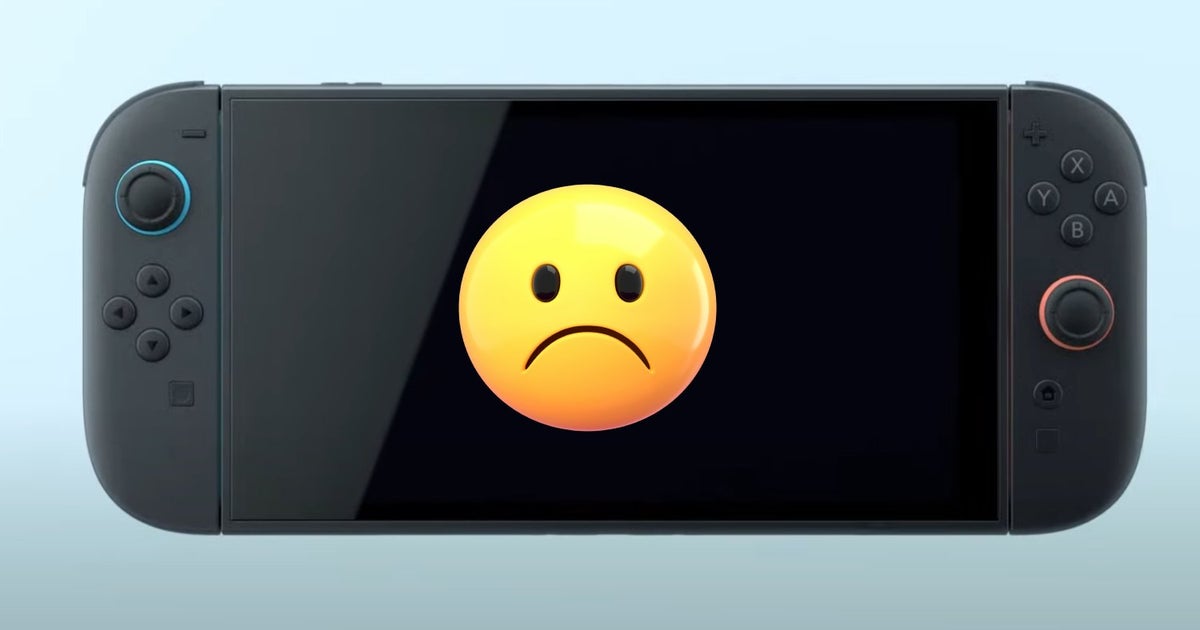
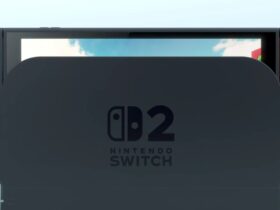
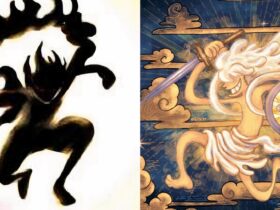

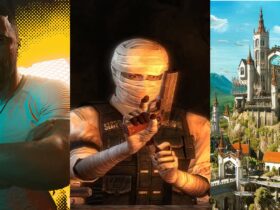
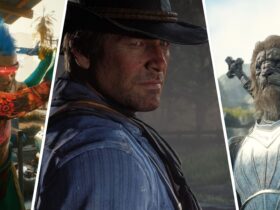
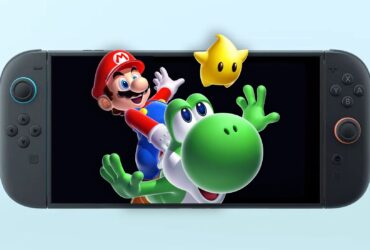
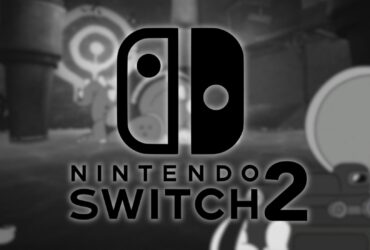
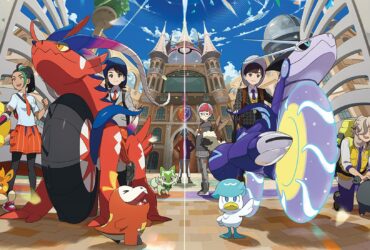
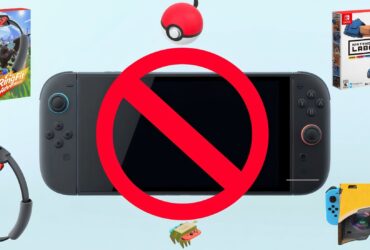
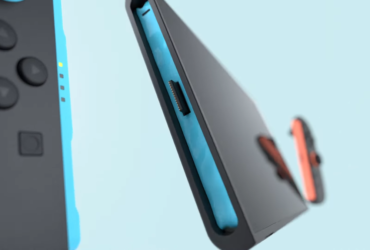
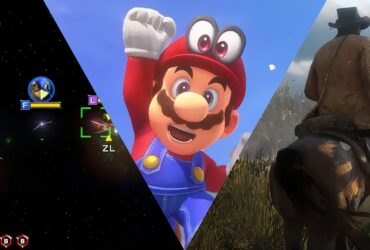
Leave a Reply